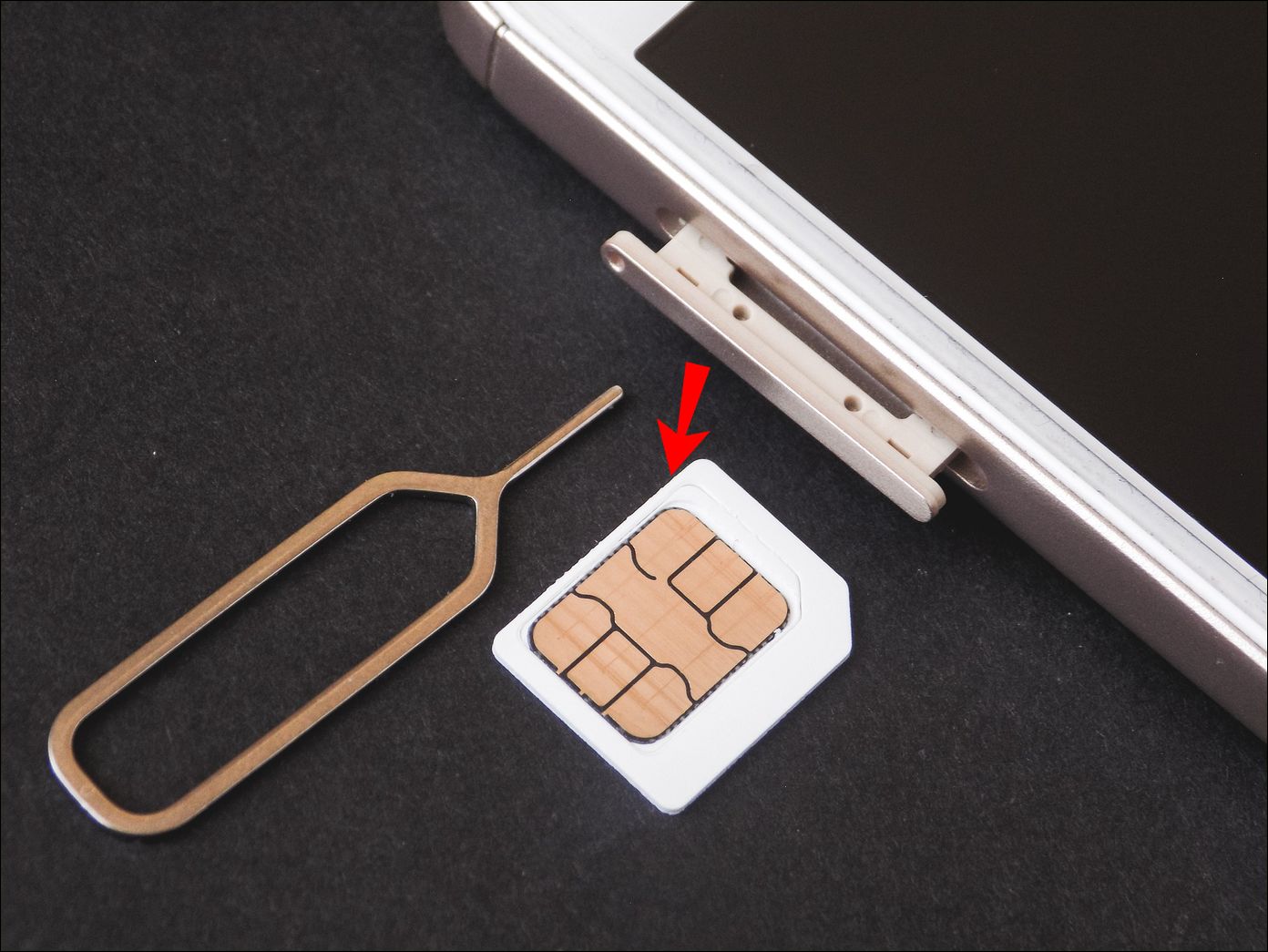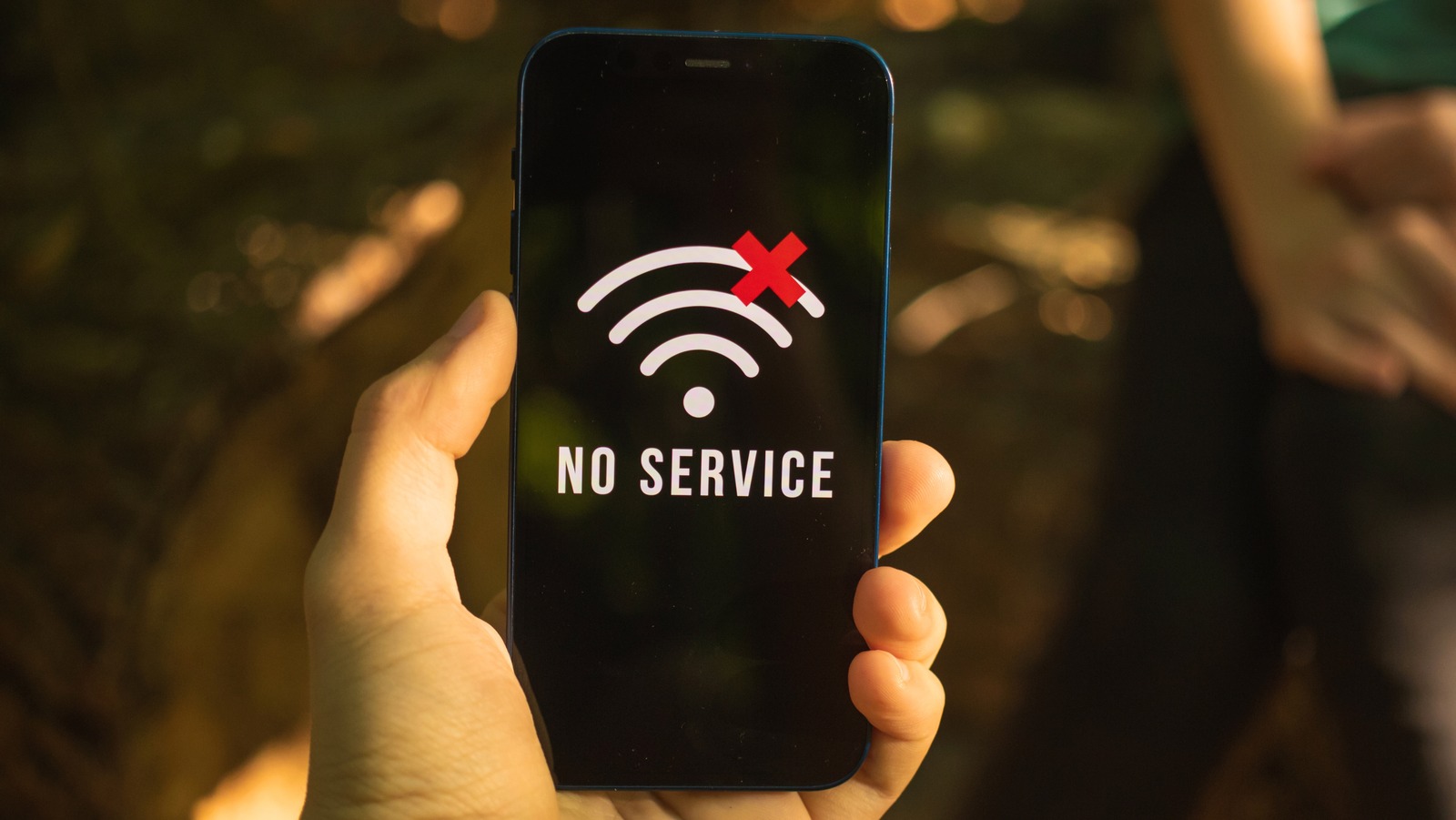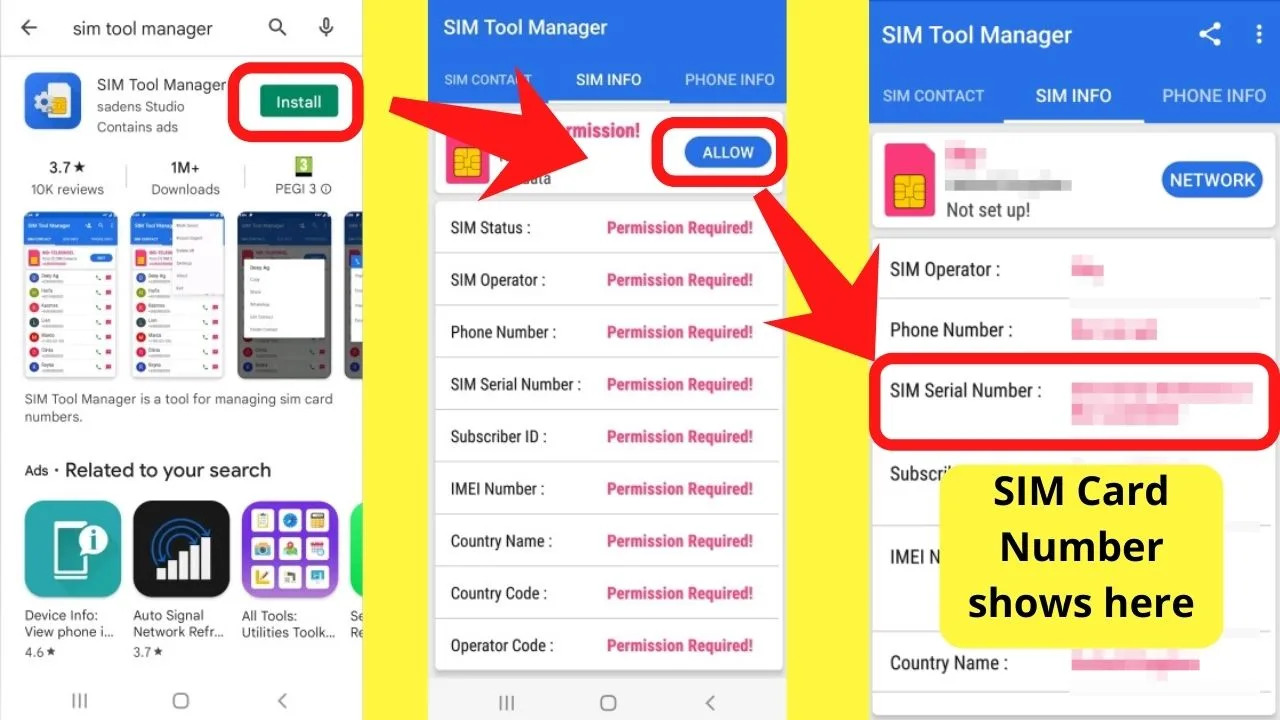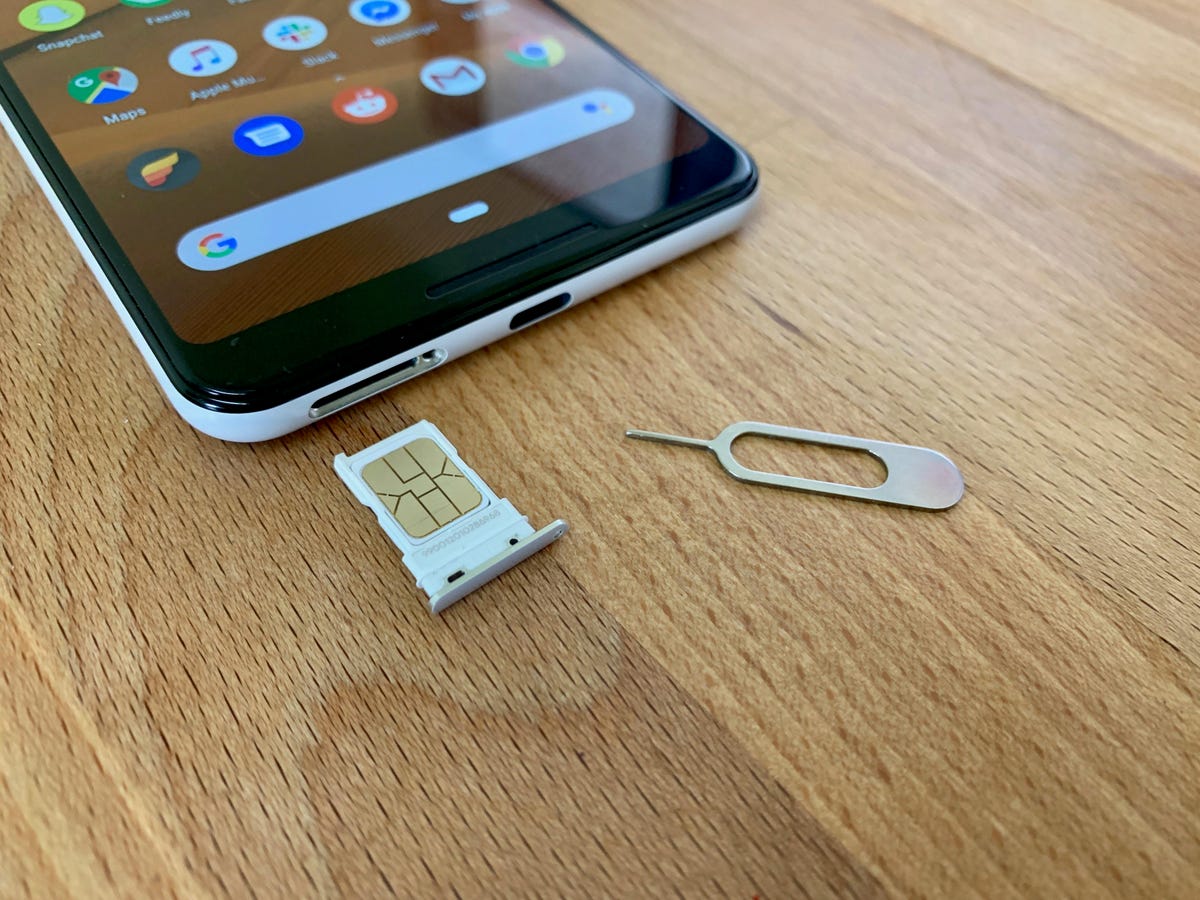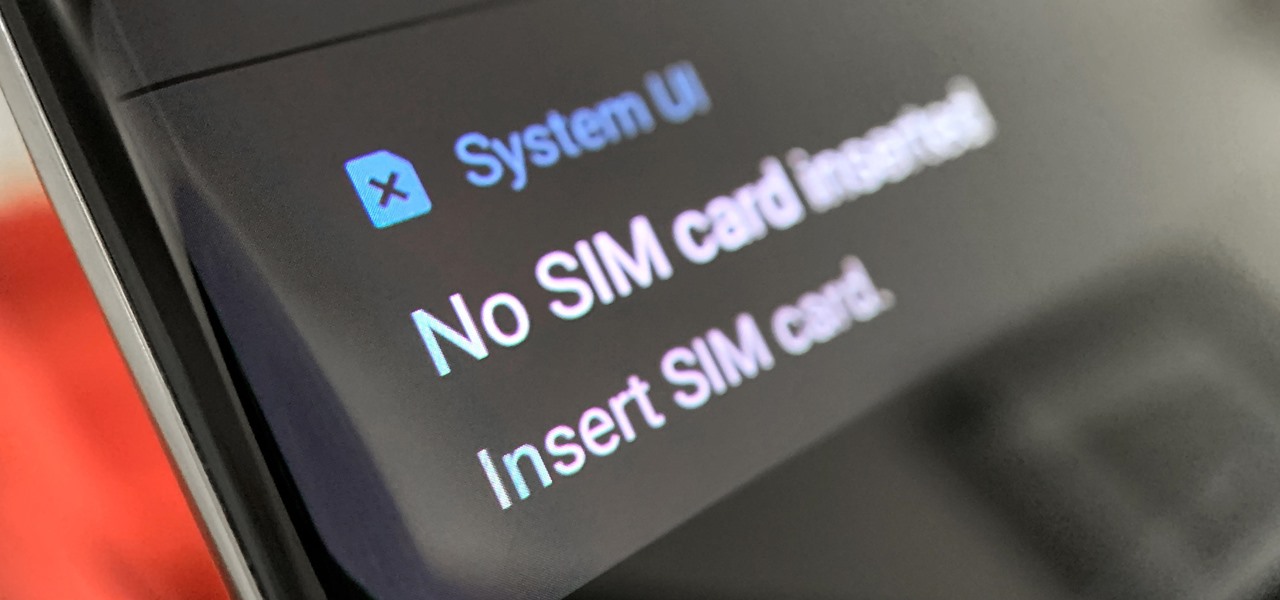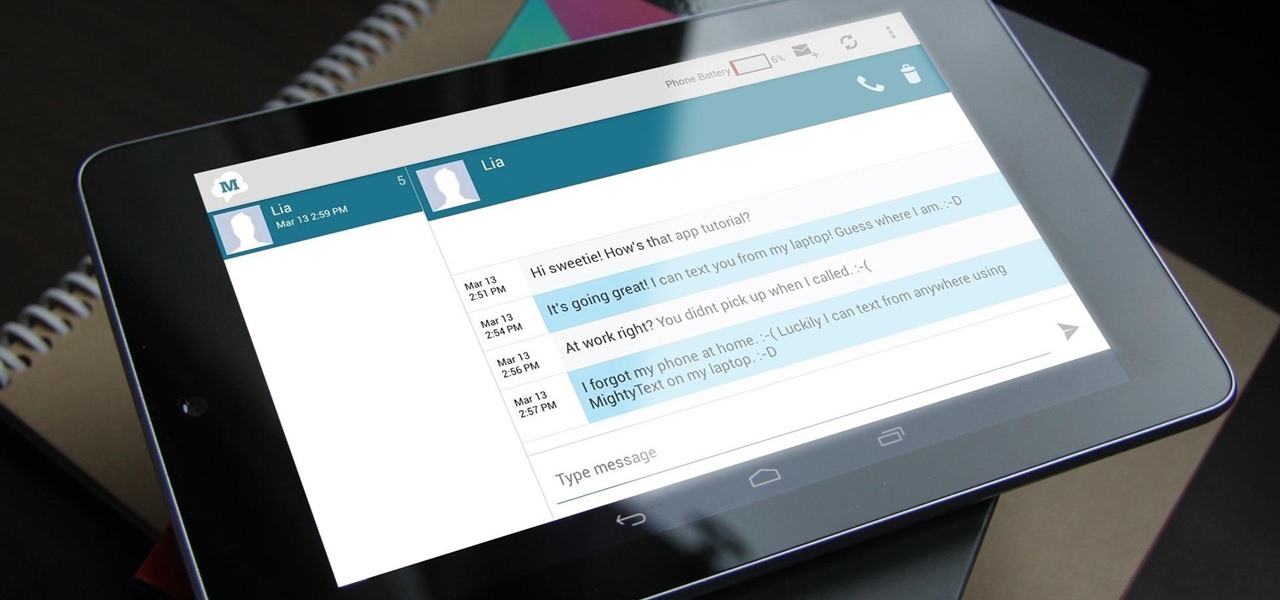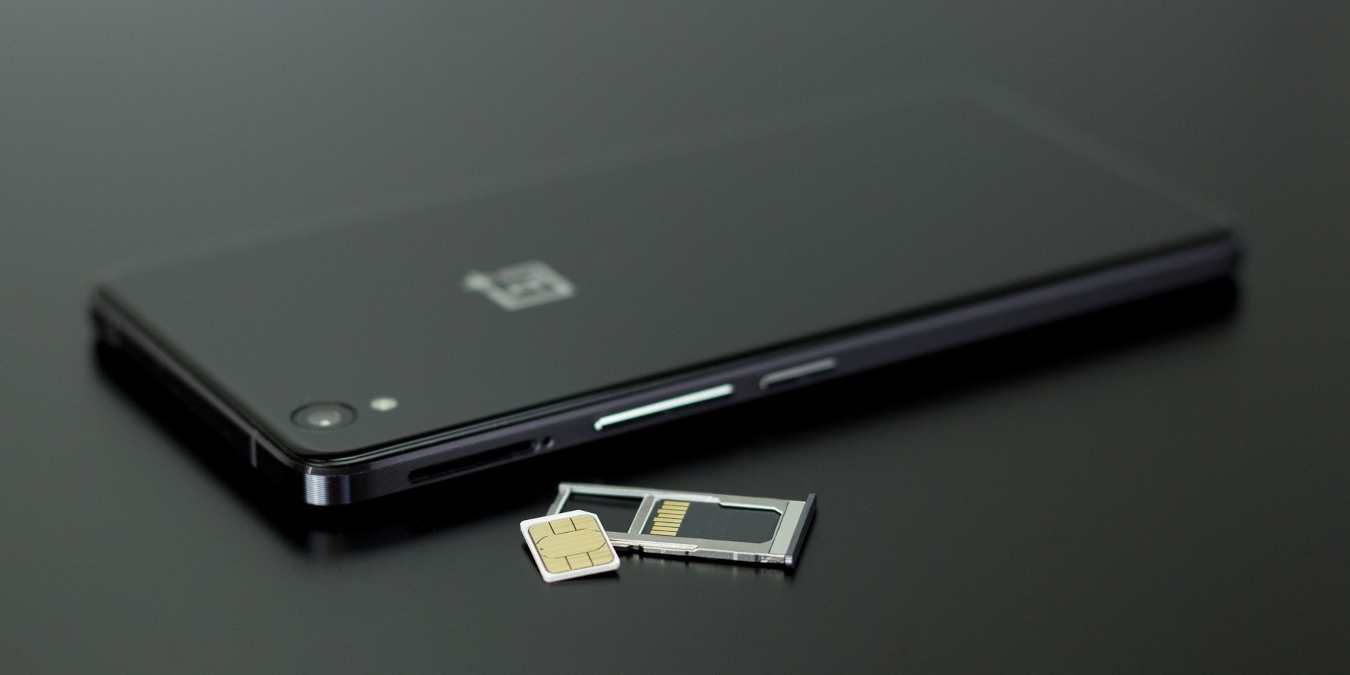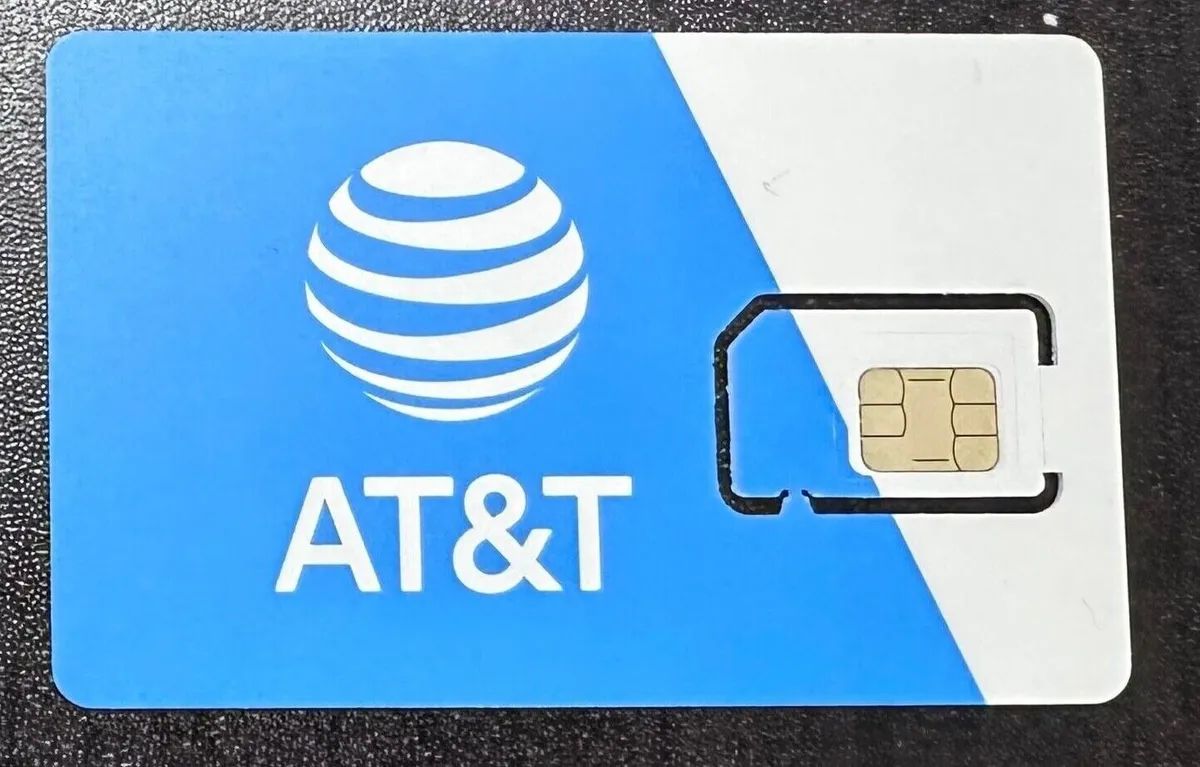Common Causes of SIM Card Reading Issues
Several factors can lead to SIM card reading issues on mobile devices. Understanding these common causes is crucial for effectively troubleshooting and resolving the problem. Here are the primary reasons why a phone may fail to read a SIM card:
-
Damaged or Worn-Out SIM Card: Over time, SIM cards can become worn or damaged, leading to connectivity issues. Physical damage or exposure to moisture can compromise the functionality of the SIM card, causing it to be unreadable by the device.
-
Incompatible SIM Card: Using a SIM card that is not compatible with the phone can result in reading errors. This often occurs when attempting to use a SIM card from a different carrier or a SIM card that does not support the device's network bands.
-
Loose or Improperly Inserted SIM Card: If the SIM card is not properly inserted into the designated slot, the device may have difficulty reading it. Additionally, a loose connection due to a faulty SIM card tray can lead to intermittent reading problems.
-
Software Glitches or Bugs: System updates, software glitches, or bugs within the operating system can interfere with the phone's ability to recognize the SIM card. This can manifest as intermittent reading issues or a complete failure to detect the SIM card.
-
Dust and Debris in the SIM Card Slot: Accumulated dust, lint, or debris in the SIM card slot can obstruct the connection between the SIM card and the device's reader, leading to reading failures.
-
Outdated Phone Software: Using outdated phone software can result in compatibility issues with the SIM card, causing reading problems. Ensuring that the device's software is up to date is essential for seamless SIM card functionality.
-
SIM Card Slot Damage: Physical damage to the SIM card slot, such as bent pins or misalignment, can prevent the SIM card from being read properly. This can occur due to mishandling or inserting the SIM card with excessive force.
Understanding these common causes of SIM card reading issues is the first step in effectively troubleshooting and resolving the problem. By identifying the root cause, users can take targeted steps to address the issue and restore their device's SIM card functionality.
Steps to Troubleshoot SIM Card Reading Problems
When encountering SIM card reading problems on a mobile device, it is essential to perform systematic troubleshooting to identify and address the underlying issues. By following these steps, users can effectively diagnose and resolve SIM card reading problems:
-
Restart the Phone: Begin by restarting the phone to initiate a soft reset. This simple action can often resolve temporary software glitches or errors that may be affecting the device's ability to read the SIM card.
-
Check SIM Card Insertion: Ensure that the SIM card is correctly inserted into the designated slot. If the phone has a removable battery, power off the device and carefully reseat the SIM card before restarting the phone.
-
Verify SIM Card Compatibility: Confirm that the SIM card is compatible with the phone and the associated network. Using an incompatible SIM card can lead to reading errors and connectivity issues.
-
Clean the SIM Card and Slot: Inspect the SIM card for any visible dirt, dust, or damage. Gently clean the SIM card with a soft, dry cloth and remove any debris from the SIM card slot using a can of compressed air or a small brush.
-
Update Phone Software: Check for available software updates and ensure that the phone's operating system is up to date. Installing the latest software can resolve compatibility issues and address software-related bugs affecting SIM card reading.
-
Test with Another SIM Card: If possible, test the phone with a different SIM card to determine whether the issue is related to the specific SIM card or the device itself. This can help isolate the source of the problem.
-
Contact Service Provider: If the SIM card reading issues persist, contact the service provider for assistance. The service provider can offer insights, troubleshoot network-related issues, and provide a replacement SIM card if necessary.
By systematically following these troubleshooting steps, users can effectively diagnose and address SIM card reading problems on their mobile devices. Identifying the root cause of the issue and taking targeted actions can lead to a swift resolution, restoring seamless SIM card functionality to the device.
Checking SIM Card Compatibility with Phone
Ensuring that the SIM card is compatible with the phone and its associated network is paramount when troubleshooting SIM card reading issues. Compatibility issues can arise when attempting to use a SIM card that does not align with the device's specifications or the network bands supported by the phone. Here's a detailed look at the factors to consider when checking SIM card compatibility:
-
Network Compatibility: Different mobile carriers operate on varying network technologies such as GSM, CDMA, or LTE. It is crucial to verify that the SIM card's network technology aligns with the phone's supported network bands. For instance, a phone designed for GSM networks may encounter compatibility issues when used with a CDMA-based SIM card.
-
SIM Card Size: SIM cards come in different form factors, including standard SIM, micro-SIM, and nano-SIM. Phones are designed to accommodate specific SIM card sizes, and attempting to use an incompatible SIM card size can lead to insertion problems and reading errors. It is essential to match the SIM card size with the designated slot on the phone.
-
Carrier Lock Status: Some phones are carrier-locked, meaning they are designed to work exclusively with SIM cards from a specific mobile carrier. Attempting to use a SIM card from a different carrier without unlocking the phone can result in compatibility issues. Users should verify the carrier lock status of the phone before inserting a different SIM card.
-
Network Bands: Mobile networks operate on different frequency bands, and phones are designed to support specific bands based on regional and carrier requirements. When using a SIM card from a different region or carrier with incompatible network bands, the phone may fail to read the SIM card or experience connectivity issues.
-
International Roaming: For users traveling internationally, ensuring that the phone supports international roaming and is compatible with the network bands utilized in the destination country is crucial. Using an incompatible SIM card while traveling can lead to connectivity problems and roaming restrictions.
By meticulously examining these compatibility factors, users can identify potential issues related to SIM card compatibility with the phone. Addressing these concerns can significantly contribute to resolving SIM card reading problems and ensuring seamless connectivity on the mobile device.
Verifying SIM Card Insertion
Verifying the proper insertion of the SIM card is a fundamental step in troubleshooting SIM card reading issues on mobile devices. A securely and correctly inserted SIM card is essential for seamless connectivity and effective communication with the device's network. Here's a detailed exploration of the key aspects involved in verifying SIM card insertion:
-
Physical Inspection: Begin by powering off the device and carefully removing the SIM card tray, if applicable. Inspect the SIM card for any signs of damage, such as scratches, dents, or discoloration. Additionally, ensure that the SIM card's metal contacts are clean and free from debris, as any obstruction can hinder its connection with the phone's reader.
-
Alignment and Orientation: When reinserting the SIM card into the designated slot, pay close attention to its alignment and orientation. The SIM card should fit snugly into the slot without protruding, and the gold contacts should align with the corresponding contacts within the slot. It's essential to avoid forcing the SIM card into the slot, as this can lead to misalignment and potential damage.
-
Securing the SIM Card Tray: For devices with a removable SIM card tray, ensure that the tray securely holds the SIM card in place. Any looseness or instability in the tray can result in intermittent reading problems, as the connection between the SIM card and the device may become compromised.
-
Reassembly and Power On: After verifying the proper insertion of the SIM card, carefully reassemble the device by reinserting the SIM card tray and powering it on. Observe the device for any error messages related to the SIM card, and check for the presence of network signals to confirm successful recognition of the SIM card.
-
Testing with Another SIM Card: If the SIM card reading issues persist, consider testing the device with a different SIM card. This can help determine whether the problem is specific to the original SIM card or is related to the device itself. If the new SIM card functions properly, it may indicate a fault with the original SIM card, prompting the need for a replacement.
By meticulously verifying the insertion of the SIM card and ensuring its proper alignment and connection within the device, users can eliminate potential causes of SIM card reading problems. Attention to detail during this process is crucial for maintaining optimal connectivity and resolving issues related to SIM card recognition on mobile devices.
Restarting the Phone
Restarting the phone, often referred to as a soft reset, is a fundamental troubleshooting step when encountering SIM card reading issues on a mobile device. This simple yet effective action can address temporary software glitches, memory leaks, and minor errors that may be hindering the device's ability to recognize the SIM card.
To initiate a restart, users can press and hold the power button until the device prompts for a shutdown. After the device powers off, it is essential to wait for a few seconds before turning it back on. This brief interval allows the phone's internal components to completely power down, ensuring a fresh start upon reboot.
By restarting the phone, the operating system undergoes a clean shutdown and subsequently boots up, initializing essential system processes and services. This process can clear temporary data stored in the device's memory, reset network configurations, and reestablish communication with the SIM card reader.
Furthermore, a restart provides an opportunity for the phone's software to undergo a self-diagnostic routine, identifying and resolving any underlying issues that may be affecting the SIM card reading functionality. This can lead to the restoration of proper communication between the device and the SIM card, resulting in seamless connectivity and recognition.
In cases where the SIM card reading problem is related to a temporary software glitch or a minor system error, a simple restart can often serve as an effective resolution. It is a non-intrusive and user-friendly troubleshooting step that can be performed without the need for technical expertise or specialized tools.
When encountering SIM card reading issues, incorporating the practice of regularly restarting the phone can also contribute to the overall maintenance and performance of the device. This routine action can aid in preventing the accumulation of software-related issues and maintaining the optimal functionality of essential components, including the SIM card reader.
In essence, restarting the phone serves as a foundational troubleshooting step, offering a quick and accessible method to address SIM card reading problems and promote the seamless operation of mobile devices.
Cleaning the SIM Card and Slot
Cleaning the SIM card and slot is a vital step in troubleshooting SIM card reading issues on mobile devices. Over time, dust, lint, and other debris can accumulate within the SIM card slot, hindering the connection between the SIM card and the device's reader. Additionally, the SIM card itself may gather dirt and grime, potentially impacting its functionality. By meticulously cleaning both the SIM card and the slot, users can eliminate obstructions and optimize the communication interface, ultimately resolving reading problems.
To begin the cleaning process, it is crucial to power off the device and remove the SIM card tray, if applicable. Carefully extract the SIM card from the slot, taking note of its orientation and position. Visual inspection of the SIM card is essential at this stage, as any visible dirt, dust, or damage should be addressed. A soft, dry cloth can be used to gently wipe the SIM card's surface, removing any accumulated debris without causing damage to the delicate components.
Once the SIM card is cleaned, attention can be directed to the SIM card slot within the device. Using a can of compressed air or a small, soft brush, any visible dust or lint within the slot can be carefully removed. It is essential to exercise caution during this process, ensuring that no foreign objects are inadvertently pushed further into the slot, which could exacerbate the issue.
After cleaning the slot, the SIM card can be reinserted, ensuring proper alignment and a secure fit within the designated slot. The reassembly of the device can then be completed, followed by a power-on sequence to test the SIM card's recognition. Observing the device for any error messages or connectivity issues can provide insight into the effectiveness of the cleaning process.
In instances where the SIM card reading problems persist, users may consider using a specialized electronics cleaning solution or isopropyl alcohol to further clean the SIM card and slot. However, it is crucial to adhere to manufacturer recommendations and avoid using excessive moisture or harsh chemicals that could damage the device or the SIM card.
By meticulously cleaning the SIM card and slot, users can eliminate potential obstructions and ensure optimal connectivity between the SIM card and the device's reader. This proactive maintenance practice can contribute to the seamless operation of mobile devices and aid in resolving SIM card reading issues effectively.
Updating Phone Software
Updating the phone's software is a critical step in troubleshooting SIM card reading issues on mobile devices. Software updates, often released by the device manufacturer or the operating system provider, are designed to address system vulnerabilities, enhance performance, and resolve compatibility issues with essential components such as the SIM card reader. By ensuring that the phone's software is up to date, users can effectively mitigate potential software-related factors that may be hindering the device's ability to recognize the SIM card.
To initiate a software update, users can access the device's settings and navigate to the software update or system update section. Here, the phone will check for available updates, and if an update is found, users can proceed with the installation process. It is essential to ensure that the device is adequately charged or connected to a power source during the update to prevent any interruptions that could lead to incomplete installations.
Software updates often include patches and fixes that address known issues related to SIM card recognition, network connectivity, and system stability. By installing the latest software version, users can benefit from improvements in the device's communication protocols, ensuring seamless interaction with the SIM card and the associated network.
Furthermore, software updates can resolve compatibility issues between the phone's operating system and the SIM card, addressing any underlying software glitches or bugs that may be impeding the SIM card reading functionality. This proactive approach to software maintenance can significantly contribute to the overall performance and reliability of the device, promoting uninterrupted SIM card recognition and connectivity.
Regularly checking for and installing software updates is a proactive measure that can prevent and resolve a myriad of software-related issues, including those affecting the SIM card reading process. By staying current with the latest software releases, users can harness the full potential of their mobile devices while maintaining optimal functionality and performance.
In essence, updating the phone's software is a fundamental step in troubleshooting SIM card reading problems, offering a proactive solution to address software-related factors that may be impacting the device's ability to recognize and communicate with the SIM card.
Contacting Service Provider
In situations where the aforementioned troubleshooting steps do not resolve the SIM card reading issues, contacting the service provider emerges as a pivotal course of action. Service providers possess the expertise, resources, and insights necessary to address network-related concerns and provide targeted assistance to users experiencing persistent SIM card recognition problems.
When reaching out to the service provider, users should be prepared to articulate the specific symptoms and challenges they are encountering with their SIM card. This may include detailing any error messages displayed on the device, instances of intermittent connectivity, or a complete failure to recognize the SIM card. By providing comprehensive information, users enable the service provider to conduct a thorough assessment and offer tailored solutions.
Service providers are equipped to troubleshoot network-related issues that may be impacting the device's ability to read the SIM card. This can encompass verifying the status of the user's account, ensuring that network services are active and accessible, and addressing any potential network congestion or outages that could impact SIM card functionality. Additionally, service providers can remotely diagnose and assess the device's connectivity to the network, identifying any underlying network-related factors contributing to the SIM card reading problems.
In cases where the SIM card itself is determined to be faulty or damaged, the service provider can facilitate the issuance of a replacement SIM card. This process may involve deactivating the existing SIM card and activating the new one, ensuring that the user's account and services seamlessly transition to the replacement card. By obtaining a new SIM card directly from the service provider, users can address potential hardware-related issues and restore seamless connectivity to their device.
Furthermore, service providers can offer insights into device-specific compatibility concerns, ensuring that the user's device and SIM card are optimally aligned in terms of network bands, carrier compatibility, and regional settings. This collaborative approach between users and service providers can lead to a comprehensive resolution of SIM card reading problems, leveraging the expertise and resources of the service provider to address network-related challenges effectively.
In essence, contacting the service provider represents a strategic and collaborative approach to addressing persistent SIM card reading issues. By leveraging the expertise and resources of the service provider, users can navigate network-related challenges and obtain targeted assistance to restore seamless SIM card functionality on their mobile devices.







